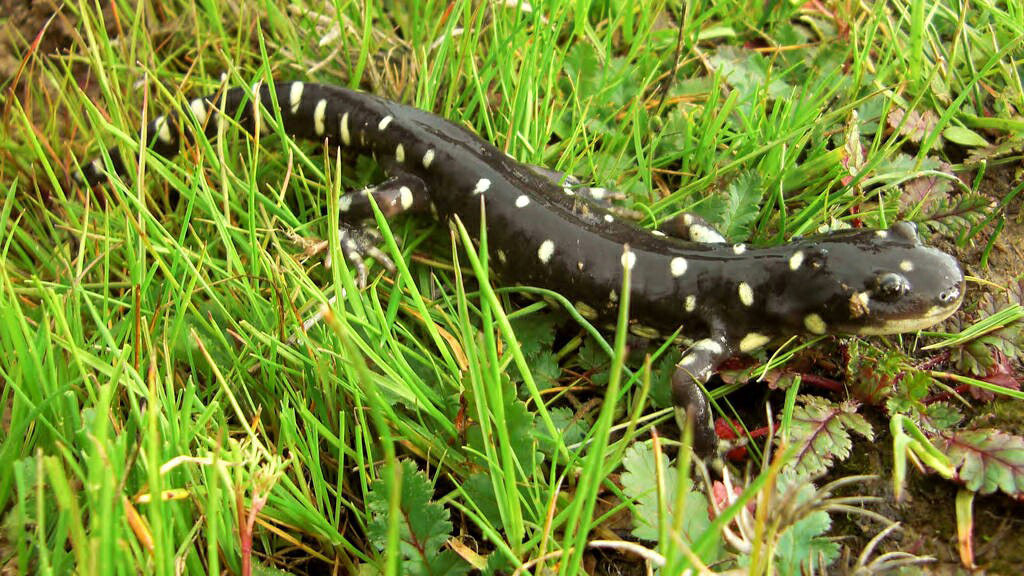
California Tiger Salamander
Credit: USFWS
March 12, 2016 - SAN FRANCISCO— The U.S. Fish and Wildlife Service released on Friday, March 11, 2016 a draft recovery plan for the threatened central California population of the California tiger salamander that calls for protection of 400,000 acres of breeding ponds and adjacent uplands. The recovery plan, which comes more than a decade after the amphibian received Endangered Species Act protection, is in accordance with a settlement agreement with the Center for Biological Diversity.
“Time’s running out for these rare amphibians, so we urgently need a roadmap to guide the actions needed to ensure the species will survive,” said Jenny Loda, a biologist and attorney with the Center who is dedicated to protecting rare amphibians and reptiles. “Protecting the places these unique salamanders live is the only way to save them from extinction.”
The recovery plan focuses primarily on alleviating the threat of habitat loss and fragmentation by permanently protecting breeding ponds and their adjacent uplands throughout the salamander's range, which covers 23 counties along the foothills of the Central Valley and Inner Coast Range. The plan also calls for site-specific management and monitoring plans for the protected lands to ensure continued suitability and to deal with other threats to the species, such as contaminants, non-native predators, disease and climate change.
“Because we’ve already destroyed and fragmented so much of their natural habitat, recovering and protecting the places these unique tiger salamanders need to survive won’t be easy,” said Loda. “But we can’t afford to lose these beautiful amphibians forever, so I hope federal, state and local agencies, as well as developers and farmers, will all step up to support the important work of recovery.”
Although central California tiger salamanders have been protected under the Endangered Species Act for more than a decade, the Fish and Wildlife Service had not developed a required recovery plan to guide their management. In April 2012 the Center sued the agency for its failure to develop such a plan; the plan released today is the result of the December 2012 settlement agreement that resulted from this lawsuit.
Recovery plans are the main tool for identifying actions necessary to save endangered species from extinction and eventually remove their protection under the Endangered Species Act. Research by the Center has found that species with dedicated recovery plans for two or more years are far more likely to be improving than those without.
The Fish and Wildlife Service is accepting public comment on the draft plan for 60 days. Under the settlement the central California population of California tiger salamander will receive a final plan by June 2017.
Background
The California tiger salamander (Ambystoma californiense) is a large, stocky, terrestrial salamander with a broad, rounded snout and gorgeous black-and-yellow body. These amphibians are restricted to vernal pools and seasonal ponds in grassland and oak savannah communities, where they spend most of their lives in underground burrows. The primary cause of their decline is the loss, degradation and fragmentation of habitat through human activities and encroachment of invasive species.
The central California population of California tiger salamanders was listed as a threatened species in 2004. This species' historical range encompassed the San Joaquin-Sacramento river valleys, bordering foothills and coastal valleys of central California. Some populations are now isolated due to highways creating impassible barriers to migration.
For more information about the Center’s campaign to stop the amphibian and reptile extinction crisis, please visit http://BiologicalDiversity.org/herps.
The Center for Biological Diversity is a national, nonprofit conservation organization with more than 990,000 members and online activists dedicated to the protection of endangered species and wild places.
Source: Center for Biological Diversity








